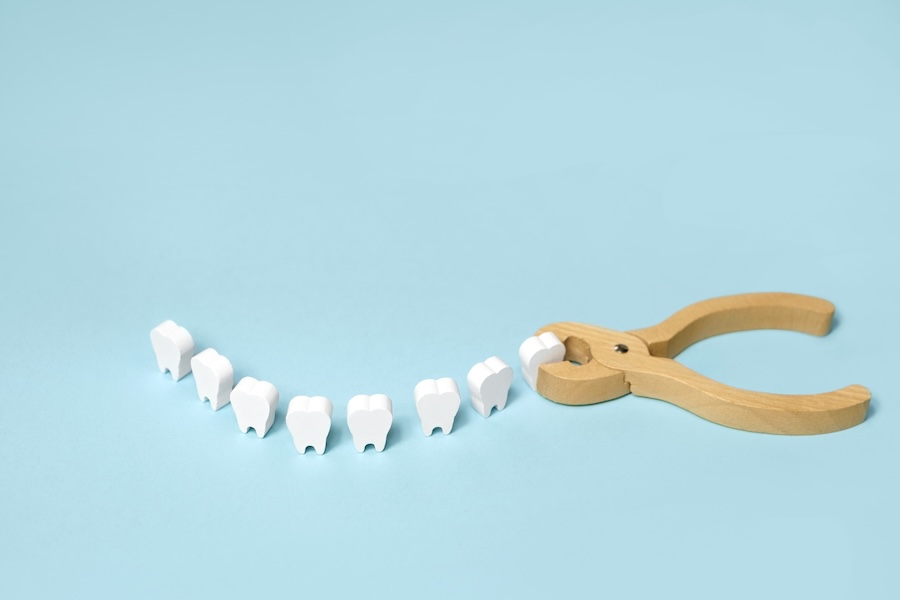
When is a Tooth Extraction Really Necessary?
April 16, 2025 9:00 amMost dentists will tell you—they’d rather save your natural tooth whenever possible. But sometimes, a tooth extraction really is the best option. Whether it’s due to damage, disease, or crowding, there are cases when removing a tooth can actually protect your overall oral health.
So how do you know when an extraction might be necessary?
1. Severe Decay or Damage
If a tooth is badly decayed or cracked beyond repair, a filling or crown may not be enough. In some cases, the damage extends below the gumline, making restoration difficult or impossible. When the structure can’t be restored, extraction is often the next step. Removing the damaged tooth helps prevent pain, infection, and further complications.
2. Advanced Gum Disease
Periodontal disease can break down the bone and tissue that support your teeth. In severe cases, a tooth may become loose due to bone loss. If it can’t be stabilized, extraction may be needed to keep the infection from spreading.
3. Overcrowding or Orthodontic Reasons
Sometimes teeth need to be removed to make space for others. This is especially common before braces or other orthodontic treatment. Although it is less commonly done now, removing a tooth can sometimes help align your bite more effectively.
4. Impacted Wisdom Teeth
Wisdom teeth often don’t have enough room to come in properly. If they’re stuck (impacted), partially erupted, or causing pressure or pain, removal may be the best choice. Otherwise, they may cause pain in the future or be a challenge to keep clean.
Expert Tooth Extraction at Blue Plum Dental in Johnson City, TN
At Blue Plum Dental, Dr. David J. Miranda and Dr. Mead Lyons take a conservative, thoughtful approach to extractions. If you’re dealing with discomfort or damage, we’ll examine your tooth and talk through every option. If extraction is needed, we’ll make it as smooth and stress-free as possible—and help you plan for what comes next. Ready to schedule a visit? We’re here for you.
Categorised in: Restorative Dentistry
